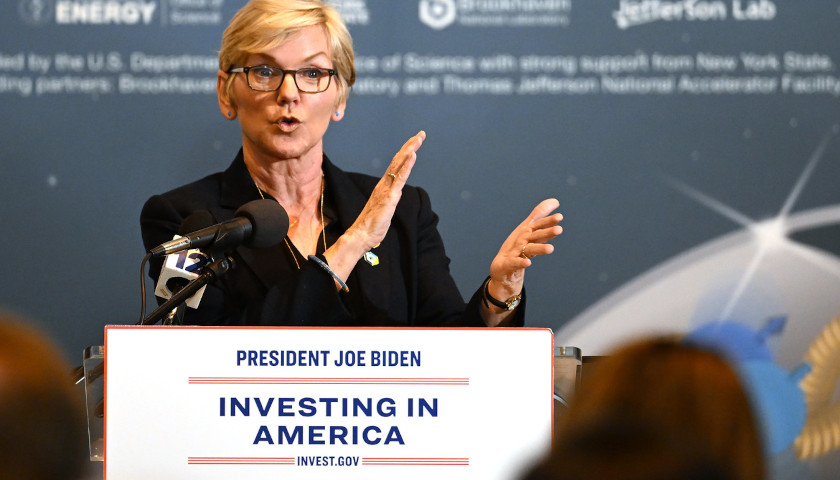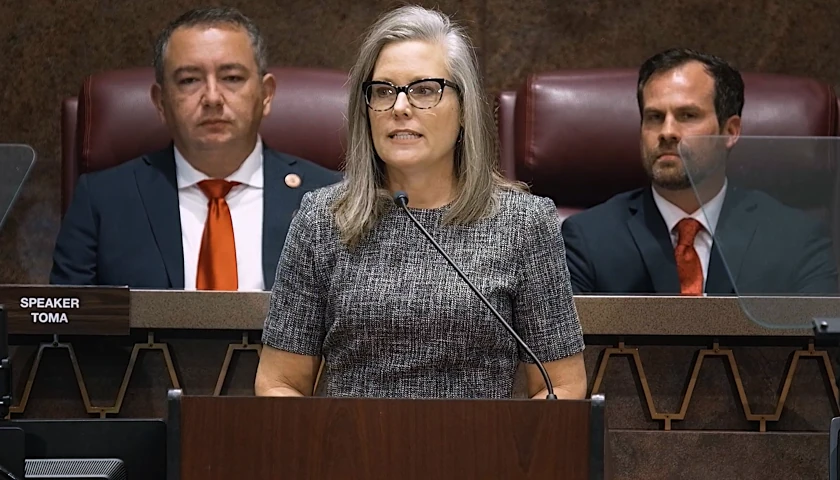by Bruce Walker
Amid calls from Gov. Gretchen Whitmer to remedy a perceived teacher shortage in Michigan, some of the leading policy analysts in the state claim the governor’s “one-size-fits-all approach” is based on faulty premises.
Those premises are echoed in a Monday report in the education journal Chalkbeat Detroit.
Although he agrees with the assertion teacher turnover is high in urban districts with high poverty rates, Mackinac Center for Public Policy Education Policy Director Ben DeGrow told The Center Square the numbers don’t substantiate claims teacher turnover is widespread throughout the state.
Whitmer has proposed spending $2.3 billion over a four-year period to recruit and retain teachers and other school staff. She has also proposed offering teachers $2,000 annual retention bonuses, which would increase to $3,000 in 2024 and $4,000 in 2025.
The Chalkbeat writers note State Superintendent Michael Rice has called for a $500 million investment to curtail the perceived shortage. They add that the state board of education has discussed the issue “at nearly every meeting in the last six months.”
The report acknowledges the number of teachers in the state are up 2% while the number of students have declined steadily over the past 16 years. A sampling of Michigan student data displays a 15% drop between the 2005-06 school year and the 2021-22 school year.
- 2005-2006: 1,697,600 students.
- 2010-2011: 1,602,124 students.
- 2021-2022: 1,443,456 students.
“Different challenges between urban districts and extremely rural districts requires different policies to address,” Eric W. Lupher, president of the Michigan-based Citizens Research Council, told The Center Square.
Lupher said the shortages were in specific geographic locations such as urban areas and remote rural areas, and, even then, the shortages were in specific academic areas such science, technology, engineering and math as well as special education and foreign languages. Any policies adopted by the governor, Lupher said, “should acknowledge all the nuances involved rather than a one-size-fits-all approach.”
DeGrow also called the Whitmer education strategy “one-size-fits-all” in a separate interview with The Center Square.
“The data doesn’t exist to back the sweeping claims for expensive, one-size-fits-all policies,” he said. “State leaders need to start by clearing up the picture of where the specific needs and vacancies are, and local leaders need to focus on differentiating pay to fill the gaps at the ground level.”
DeGrow noted the 30-year period between 1985 and 2015 produced a surfeit of potential educators, which he said exceeded demand by between 80,000 and 100,000 teachers each year.
He also addressed concerns over extensive use of uncredentialed long-term staff as substitute teachers by citing a December 2021 study released by the Education Policy Innovation Collaborative, which concluded 93% of core academic classes were taught by appropriately credentialed instructors. This is down 2% from five years ago, DeGrow said, and the same as 2013.
According to the same study, the number of Michigan teachers leaving the profession dropped slightly between 2013 and 2018 but there has not been a significant change over the past four years.
– – –
Bruce Walker is a regional editor at The Center Square. He previously worked as editor at the Mackinac Center for Public Policy’s MichiganScience magazine and The Heartland Institute’s InfoTech & Telecom News.








